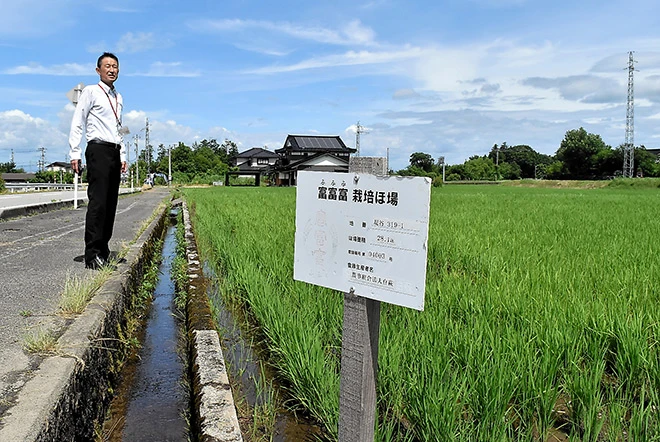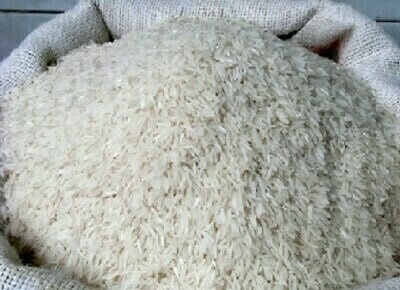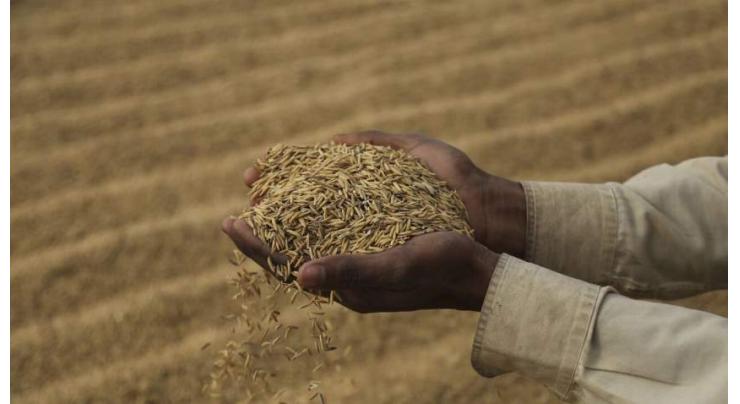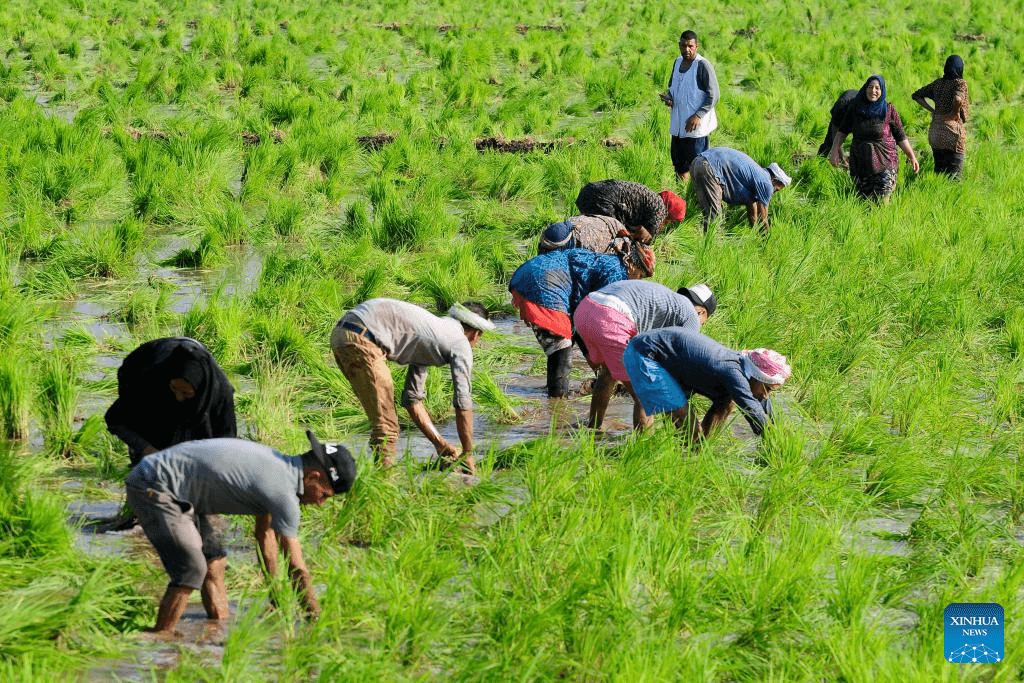Tags
Farmers turn to heat-tolerant rice varieties as summers blister
By HIRONORI KATO/ Staff Writer

As the quality of rice across Japan has been devastated by the intense heat of recent summers, the agricultural industry is increasingly turning toward heat-resistant rice varieties.
When rice is exposed to high temperatures during the summer ripening period, its quality deteriorates greatly—along with the financial stability of many farmers.
But heat-tolerant cultivars are less likely to be damaged and may offer a lifeline.
According to Niigata prefectural officials, the heat-tolerant “Shinnosuke” variety developed by the prefectural government was grown on 5,300 hectares this year, an increase of 20 percent from the previous year.
Although it takes more time and effort to grow the variety, 94.7 percent of Shinnosuke harvested (as of Dec. 31, 2023) was ranked first-grade quality, even though last summer was extremely hot.
For that reason, the agricultural cooperative society is encouraging farmers to grow it.
In a report on future rice cultivation compiled in December 2023, the Niigata prefectural government insists that it will take serious countermeasures against the increasing summer heat.
Specifically, the report proposes shifting to growing Shinnosuke and other heat-tolerant varieties, although the popular rice variety “Koshihikari” remains the main cultivar grown in the prefecture.
The report also recommends that farmers adjust their planting times and take care to fertilize adequately during the summer months.
“Niji-no-kirameki,” a variety developed by the National Agriculture and Food Research Organization, is being grown on around 7,500 hectares this year, up 1.5 times from 2023.
JA Alps, an association of agricultural cooperatives based in Toyama Prefecture, said it increased the cultivation area of the heat-tolerant “Fufufu” variety by 25 percent from last year to 450 hectares.
Fufufu now accounts for more than 10 percent of the rice grown in JA Alps’ jurisdiction.
Rice crops suffered a particularly severe blow last year, which saw record-breaking summer temperatures.
In 2023, only 5 percent of the Koshihikari variety rice harvested in Niigata Prefecture was deemed first-grade quality.
That figure sent shock waves through the agricultural industry since the ratio is usually around 80 percent.
According to the agriculture ministry, the national average ratio of first-grade rice harvested among all the rice varieties inspected that year (except for sticky rice) was 61.3 percent, a stunning drop of 17.3 percentage points from the year before.
The grade of rice is determined after agricultural cooperatives and other authorities perform inspections of harvested rice.
First-grade rice must contain at least 70 percent high-quality grains and meet other conditions.
The grade does not make a significant difference in taste. However, because there is a price difference of several hundred yen between 60 kilograms of first- and second-grade brown rice, the impact on farmers’ incomes is significant.
Due to these circumstances, there are growing expectations for heat-resistant varieties as extreme summer heat continues to grip Japan.
The agriculture ministry said that heat-tolerant varieties accounted for 14.7 percent of all rice grown in Japan in 2023, while the figure for 2019 was only 9.9 percent.
The ministry is also moving ahead with several other heat countermeasures.
It included 270 million yen ($1.75 million) in a supplementary budget for fiscal 2023 for experiments on heat-resistant cultivation techniques for rice, vegetables and other crops, in addition to 31 billion yen for fertilizer spraying drones, mist generators for use in greenhouses and other countermeasures.
With the extreme summer heat expected to continue nationwide until mid-August, agriculture minister Tetsushi Sakamoto shared a growing sense of crisis during a news conference after a Cabinet meeting on July 23, saying, “(Crops) are growing faster than usual.”
He called on farmers to take measures to avoid and mitigate heat damage, including applying fertilizers in a timely fashion, ensuring proper watering and avoiding delays in harvesting.
https://www.asahi.com/ajw/articles/15368480Published Date: August 20, 2024






